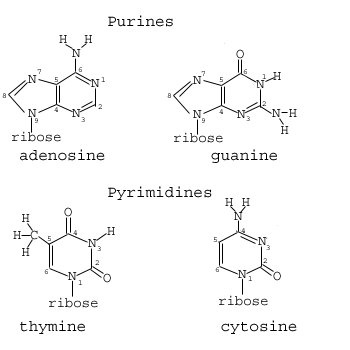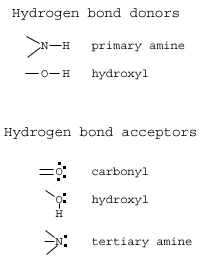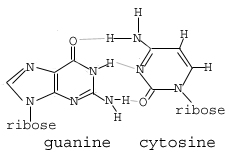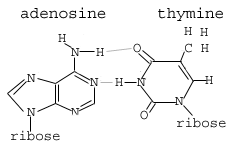Please wait while we process your payment
If you don't see it, please check your spam folder. Sometimes it can end up there.
If you don't see it, please check your spam folder. Sometimes it can end up there.
Please wait while we process your payment
Get instant, ad-free access to our grade-boosting study tools with a 7-day free trial!
Learn more



This site is protected by reCAPTCHA and the Google Privacy Policy and Terms of Service apply.
Create Account
Select Plan
Payment Info
Start 7-Day Free Trial!

Annual
2-49 accounts
$22.49/year + tax
50-99 accounts
$20.99/year + tax
Select Quantity
Price per seat
$29.99 $--.--
Subtotal
$-.--
Want 100 or more? Request a customized plan
You could save over 50%
by choosing an Annual Plan!

SAVE OVER 50%
compared to the monthly price!
| Focused-studying | ||
| PLUS Study Tools | ||
| AP® Test Prep PLUS | ||
| My PLUS Activity | ||
$22.49/month + tax
Save 25%
on 2-49 accounts
$20.99/month + tax
Save 30%
on 50-99 accounts
| Focused-studying | ||
| PLUS Study Tools | ||
| AP® Test Prep PLUS | ||
| My PLUS Activity | ||
No Fear provides access to Shakespeare for students who normally couldn’t (or wouldn’t) read his plays. It’s also a very useful tool when trying to explain Shakespeare’s wordplay!
Erika M.
I tutor high school students in a variety of subjects. Having access to the literature translations helps me to stay informed about the various assignments. Your summaries and translations are invaluable.
Kathy B.
Teaching Shakespeare to today's generation can be challenging. No Fear helps a ton with understanding the crux of the text.
Kay H.
No Fear provides access to Shakespeare for students who normally couldn’t (or wouldn’t) read his plays. It’s also a very useful tool when trying to explain Shakespeare’s wordplay!
Erika M.
I tutor high school students in a variety of subjects. Having access to the literature translations helps me to stay informed about the various assignments. Your summaries and translations are invaluable.
Kathy B.
Teaching Shakespeare to today's generation can be challenging. No Fear helps a ton with understanding the crux of the text.
Kay H.
Create Account
Select Plan
Payment Info
Start 7-Day Free Trial!
You will only be charged after the completion of the 7-day free trial.
If you cancel your account before the free trial is over, you will not be charged.
You will only be charged after the completion of the 7-day free trial. If you cancel your account before the free trial is over, you will not be charged.
Order Summary
Annual
7-day Free Trial
SparkNotes PLUS
$29.99 / year
Annual
Quantity
51
PLUS Group Discount
$29.99 $29.99 / seat
Tax
$0.00
SPARK25
-$1.25
25% Off
Total billed on Nov 7, 2024 after 7-day free trail
$29.99
Total billed
$0.00
Due Today
$0.00
Promo code
This is not a valid promo code
Card Details
By placing your order you agree to our terms of service and privacy policy.
By saving your payment information you allow SparkNotes to charge you for future payments in accordance with their terms.
Powered by stripe
Legal
Google pay.......



Please wait while we process your payment

Sorry, you must enter a valid email address
By entering an email, you agree to our privacy policy.
Please wait while we process your payment

Sorry, you must enter a valid email address
By entering an email, you agree to our privacy policy.
Please wait while we process your payment

Your PLUS subscription has expired
Please wait while we process your payment
Please wait while we process your payment

Bases, Sugars, and Phosphates
Now that we've looked at the general structure of DNA, we should take a closer look at the structures that make up nucleotides.
The four nitrogen bases found in DNA are adenine, cytosine, guanine, and
thymine. Each of these bases are often abbreviated a single letter: A (adenine),
C (cytosine), G (guanine), T (thymine). The bases come in two categories:
thymine and cytosine are pyrimidines, while adenine and guanine are
purines ().

The nitrogen bases form the double-strand of DNA through weak hydrogen bonds. The nitrogen bases, however, have specific shapes and hydrogen bond properties so that guanine and cytosine only bond with each other, while adenine and thymine also bond exclusively. This pairing off of the nitrogen bases is called complementarity. In order for hydrogen bonding to occur at all, a hydrogen bond donor must have a complementary hydrogen bond acceptor in the base across from it. Common hydrogen bond donors include primary and secondary amine groups or hydroxyl groups. Common acceptor groups are carbonyls and tertiary amines ().

There are three hydrogen bonds in a G:C base pair. One hydrogen bond forms between the 6' hydrogen bond accepting carbonyl of the guanine and the 4' hydrogen bond accepting primary amine of the cytosine. The second between the 1' secondary amine on guanine and the 3' tertiary amine on cytosine. And the third between the 2' primary amine on guanine and the 2' carbonyl on cytosine ().

Between an A:T base pair, there are only two hydrogen bonds. One is found between the 6' primary amine of adenine and the 4' carbonyl of thymine. The other between the 1' tertiary amine of adenine and the 2' secondary amine of thymine ().

The deoxyribose sugar in DNA is a pentose, a five-carbon sugar. Four carbons and an oxygen make up the five-membered ring; the other carbon branches off the ring. Similar to the numbering of the purine and pyrimidine rings (seen in ), the carbon constituents of the sugar ring are numbered 1'-4' (pronounced "one-prime carbon"), starting with the carbon to the right of the oxygen going clockwise (). The fifth carbon (5') branches from the 4' carbon.
Please wait while we process your payment





